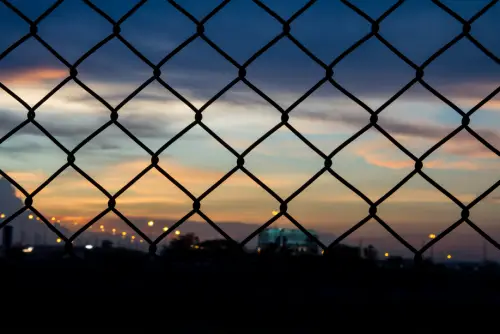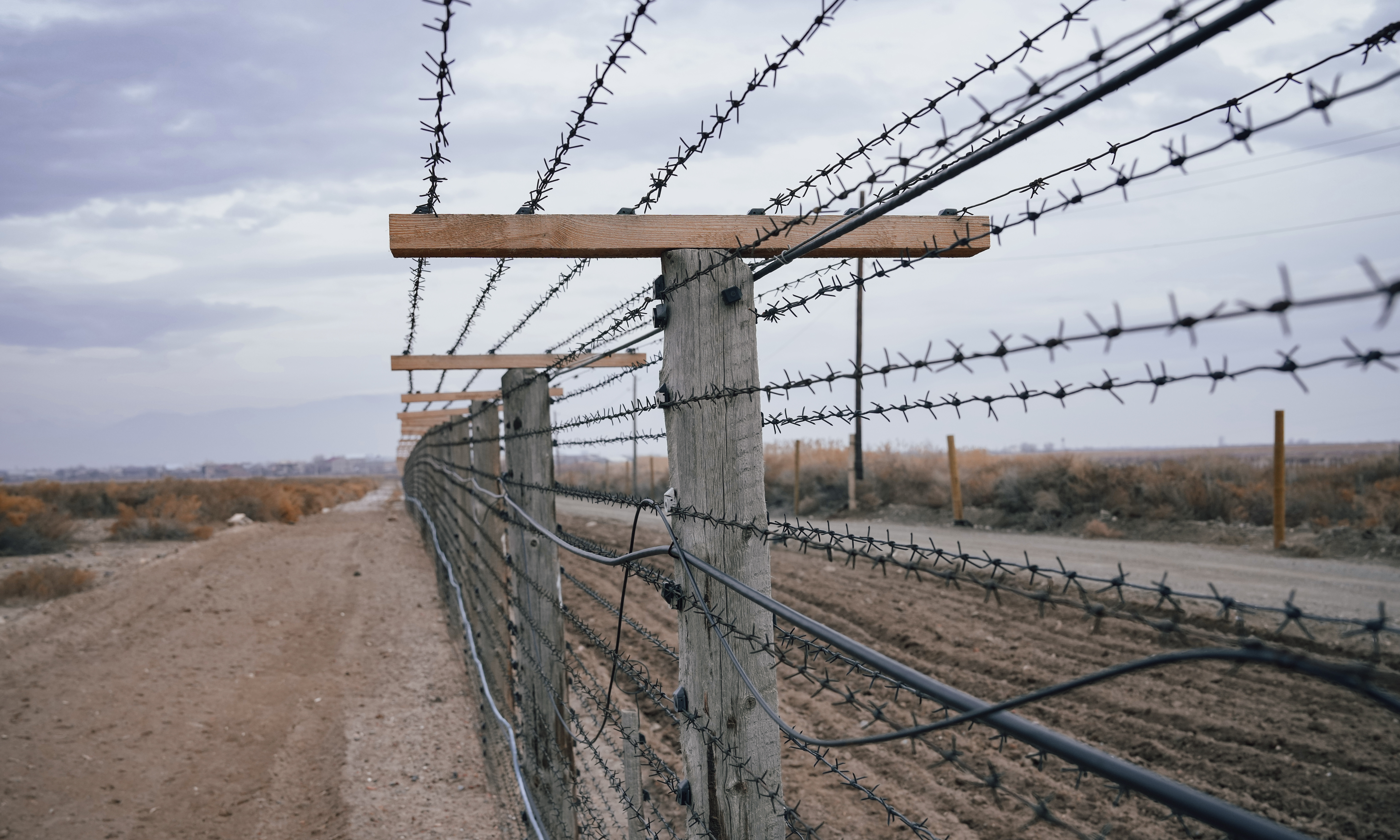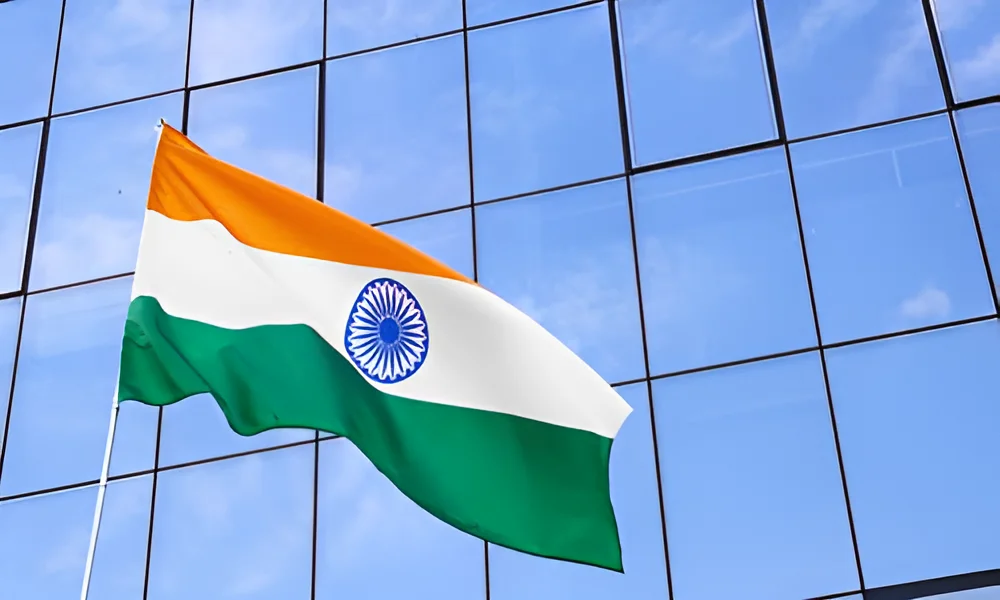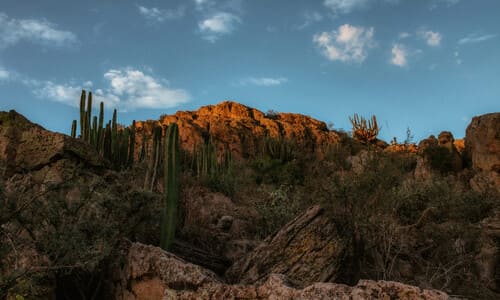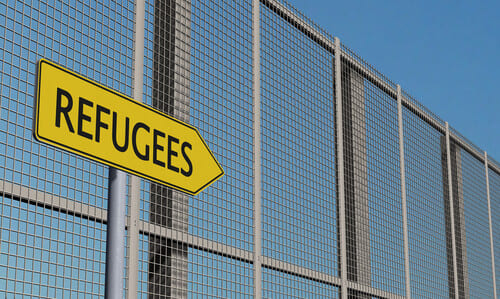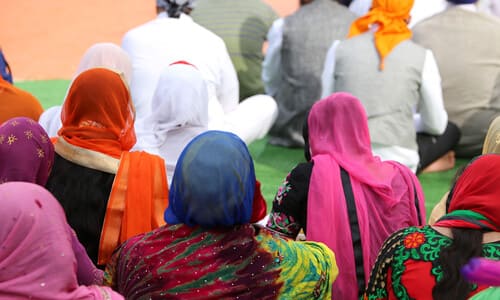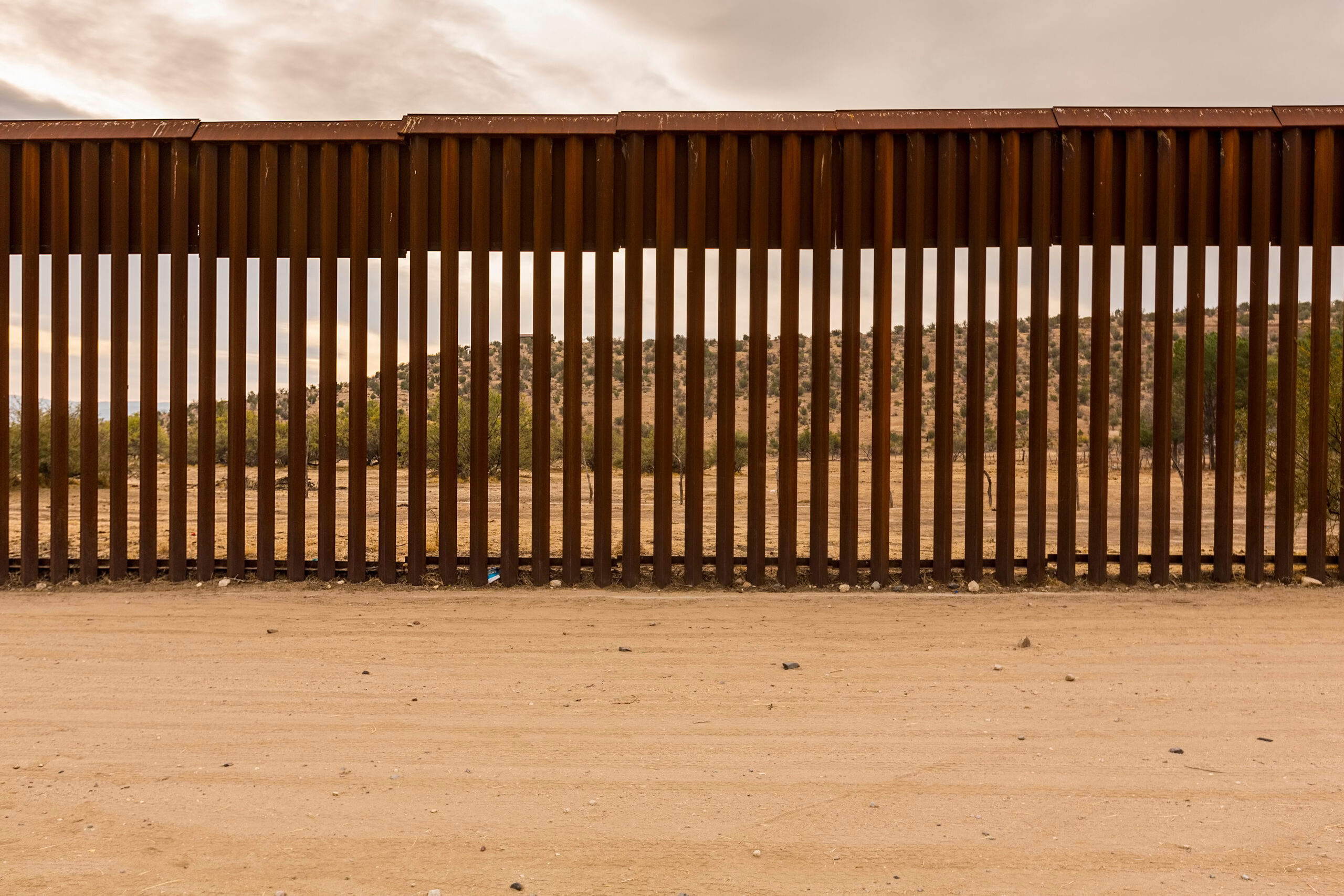Ask a member of the average public to picture a migrant coming to seek asylum in the U.S., and chances are they are picturing someone fleeing political and economic unrest in Central America, South America, or Mexico. Looking at the number of asylum applications by nationality from 2001 – 2021, one might see that assumption affirmed.
But in recent years, a new trend has seen an increasing amount of asylum seekers coming from India. In fact, as of 2018, Indian nationals now make up the second-largest group detained at the U.S. southern border, after migrants from Latin America.
Last year, those numbers rocketed up again in the wake of a wave of discriminatory violence being waged against Sikhs and other religious or social minorities in India. The high of 8,997 apprehensions in 2018 nearly doubled: 16,290 Indian citizens were taken in at the border in the fiscal year 2022.
Indians Fleeing Civil Unrest, Hate Crime Attacks in Their Home Region
The trend in rising Indian National border crossings is no coincidence. Religious persecution, discrimination, and acts of violence have been spiking in India ever since the election of the Hindu nationalist Bharatiya Janata Party (BJP), led by Prime Minister Narendra Modi.
Human Rights Watch details how Indian authorities at the national and local levels have begun enacting policies that have a direct discriminatory effect. A new citizenship law, for example, fast-tracks asylum applications for non-Muslims coming into India from nearby countries while giving local officials and law enforcement the authority to look into allegedly “illegitimate” migrants, the overwhelming majority of which are Muslim residents. Some of the individuals being investigated are members of families that have resided in India for generations.
Protests in response to the citizenship law were met with harsh crackdowns, with journalists and protest organizers being targeted by baseless charges of sedition or support of separatist movements. The government also instituted no less than 84 internet shutdowns in 2022, sometimes disrupting access to millions of people in pursuit of one alleged “terrorist” or supposed criminal organization head.
Feeling encouraged by law enforcement and the party machine, extremist groups have begun violently assaulting, kidnapping, and murdering those who are most vulnerable. Riots erupted in 2020 in response to protests against the new citizenship laws, leading to the murder of two teenage Muslim boys and a bloody trail of beatings, maimings, and shootings.
“The BJP government’s actions have stoked communal hatred, created deep fissures in society, and led to much fear and mistrust of authorities among minority communities,” said Human Rights Watch South Asia Director Meenakshi Ganguly. “India’s standing as a secular democracy is at serious risk unless the government rolls back discriminatory laws and policies and ensures justice for abuses against minorities.”
Indians Increasingly Feel Unsafe in Own Country
The increase in Indian refugees really took off in 2018. That year marked a record high in asylum applications for Indian citizens at the U.S. southern border. It also capped off a decade that saw a record 996% increase in overall Indian asylum applicants. In 2018, over 51,000 Indian applicants sought asylum worldwide.
These numbers follow in the wake of another astronomical rise: the number of hate crimes in India. Over 90% of religious hate crimes in India from 2010 – 2020 took place since the time of Modi’s ascent.
Instead of discouraging such violence, the Indian state is, in the words of the US Commission on International Religious Freedom, engaging in active “allowance and encouragement of mob violence against religious minorities.”
“The law in India has been weaponized by the state as the most effective tool of persecution of all those who dissent,” journalist N.C. Asthana wrote in 2022 for India’s online publication, The Wire. “We are now in a paradoxical situation where constitutional values professed by the state are being violated in the name of upholding the law.”
Muslims a Primary Target Within Indian Politics and Law Enforcement
Muslims, in particular, face the brunt of discriminatory laws, policies, and law enforcement crackdowns in India. In addition to the citizenship law passed that calls into question the legitimacy of long-time Indian residents who are Muslim, a 2019 act essentially annexed the long-separated Kashmir region, absorbing it as part of the main Indian governmental administration and separating it into two territories. The constitution of Kashmir, which was long recognized as giving the region quasi-independence, was formally revoked.
Throughout India, national and regional policies make it harder to be, in effect, Muslim.
“Whether it is what Muslims wear, eat, their places of worship and their constitutional rights to practice and preach their religion — all have been systematically attacked, banned, demolished or diminished since Modi came to power in 2014,” wrote reporter Valay Singh for Al Jazeera in August 2022.
Sikhs Also Being Heavily Persecuted, Leading Many to Flee Punjab
Sikhs are increasingly the targets of hate crimes in India, especially in the capital territory of Delhi and the province of Punjab, where Sikhs make up a slight majority of the population. The anti-Sikh sentiment was already rising in the wake of the BJP’s ascent to national power, stoked in large part by campaign rhetoric leveled against anyone who was not Hindu.
The failure of the BJP to win parliamentary elections in Punjab made those tensions even more elevated. Punjabis waged emphatic protests against Modi’s appearance in the region and also marched into Delhi, seeking the turnback of policies that hurt farmers. The government response was to sow suspicion against these peaceful protestors as well as baseless accusations that they were guilty of sedition, treachery, and support of a fringe separatist movement.
Sikh families and individuals report being attacked in their communities. Worse, local authorities are doing nothing to thwart the attacks, implicitly condoning them.
In response to the fear and intimidation they face, many Sikhs are fleeing their home country to seek asylum in the U.S. and other nations. They are often smuggled out by criminal networks billing themselves as “travel agencies.” The networks lead people out of the country through flights to South America before they make the long trip up through Central America — by bus, boat, train, and sometimes on foot.
Their goal: to seek admission to the U.S. and then receive asylum. First, they must demonstrate proof of a “credible fear” to authorities. If they can do so, they are issued a hearing date for making a formal request to an immigration judge.
Many cases stall at either point, which is devastating to individuals who just traveled 8,000 or more miles to reach the border, only to eventually be removed. Others wait years for their hearing date in uncertainty.
Get Assistance With Immigration and Asylum From an Experienced Asylum Attorney Team
There are no guarantees to receive asylum or even to be admitted into the United States as a detainee. However, those seeking a better life and refuge from their fears can work with a California asylum lawyer to ensure they have put together all the factors they need to maximize their chances of success.
Find out how to expedite your case for asylum and how to give you and your family the highest chances of success, both during your credible fear hearing and your eventual appearance before an immigration judge, when you work with proven and experienced California immigration attorneys at Singh Ahluwalia Attorneys at Law.
Schedule a confidential, no-risk case review today when you call (559) 878-4958 or contact us online.

